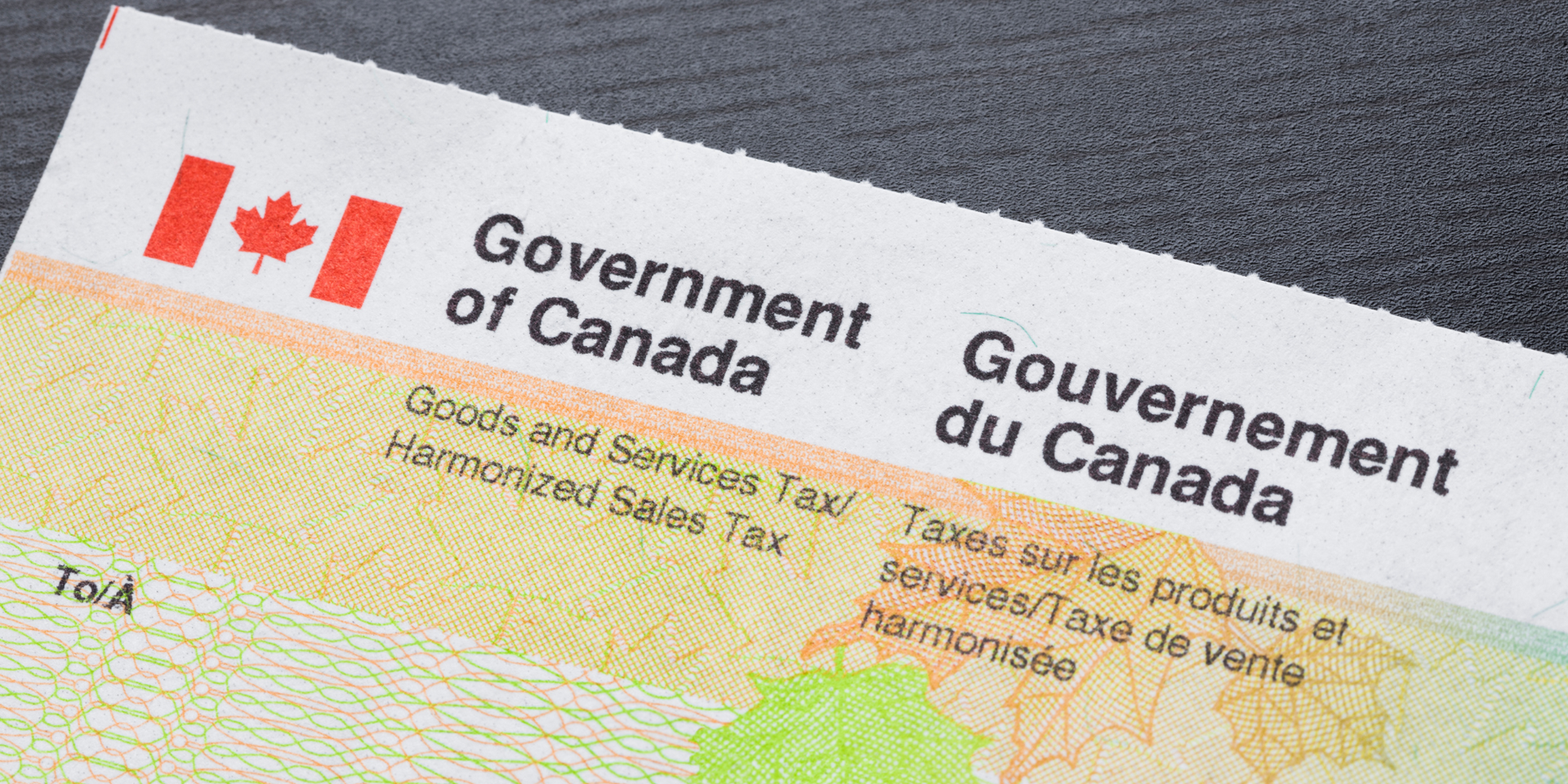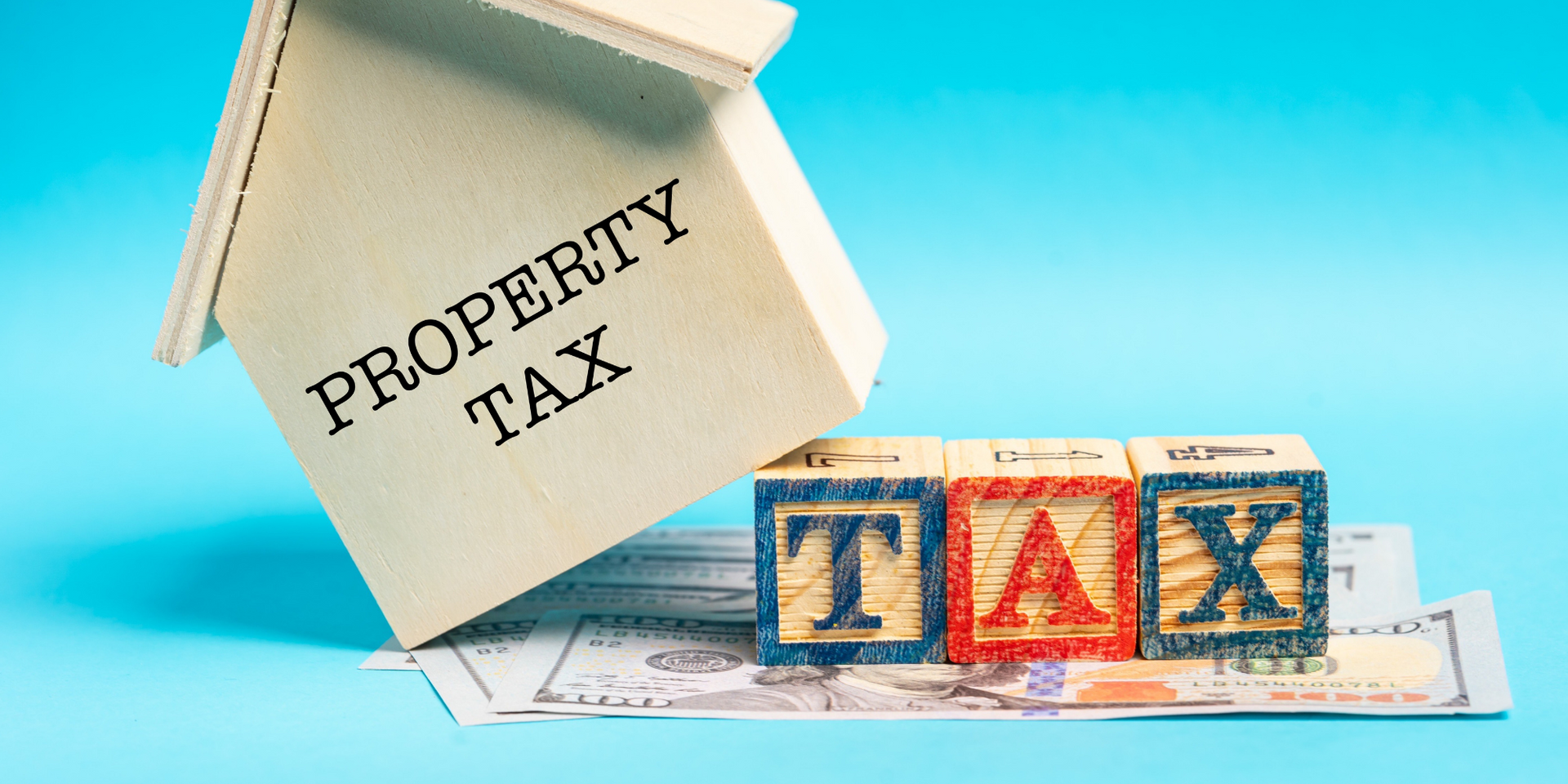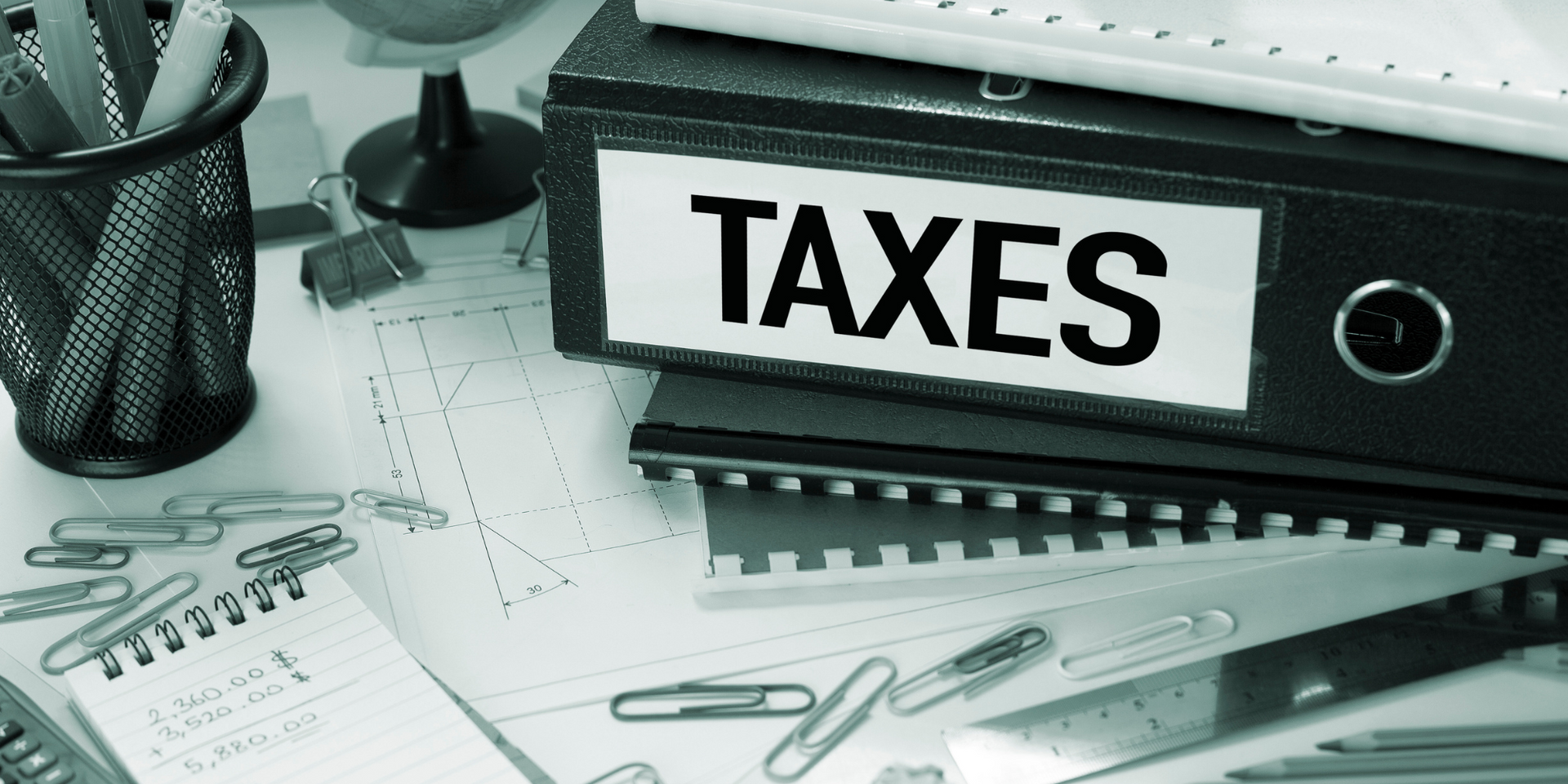T777 Tax Form: A Complete Guide to Claiming Employment Expenses

Who Needs to Complete a T777 Tax Form?
The T777 form, also known as the Statement of Employment Expenses, is designed for certain salaried employees, commission employees, and some truck drivers. It also applies to other types of workers, including railway and transportation employees, forestry workers, employed artists, tradespeople, and more, who may qualify to claim employment-related expenses.
When Can Employees Use the T777 Form?
To claim employment expenses, certain conditions must be met. You must be required to pay these expenses as a condition of your employment, and they should not be reimbursed by your employer. If you work from home, the space must be used exclusively for your job. Additionally, your employer must provide you with a completed T2200 form, outlining the expenses you were required to pay.
Are There Additional Benefits?
Yes! You may also qualify for the Employee GST/HST Rebate. If the expenses you're claiming include GST or HST, and your employer is registered for GST/HST, you can complete the GST370 form and claim this rebate on line 45700 of your tax return.
For more detailed eligibility criteria, refer to the CRA’s T4044 Guide for Employment Expenses.
How Are Eligible Expenses Calculated?
The CRA has outlined specific expenses that employees can deduct, such as legal fees, meals, motor vehicle costs, travel expenses, and more. The T777 form is used to calculate the allowable amount of these expenses when filing your taxes.
Expenses
List all expenses incurred to earn income. For home office or motor vehicle expenses, these should be calculated separately before adding them to the overall expense section. Only the expenses approved by your employer on the T2200 form are eligible for deduction.
Motor Vehicle Expense Calculation
To calculate vehicle expenses, it's important to keep a logbook with your vehicle’s odometer readings. You will need to separate the kilometers driven for business purposes from those driven for personal use:
- Business Use Portion = kilometers driven for work / total kilometers driven in the tax year.
- Allowable Vehicle Expenses = total expenses paid during the tax year × business use portion.
Work-Space-in-the-Home Expense Calculation
Home office expenses can also be deducted, but only for the portion of your home used exclusively for work. You’ll need to calculate the personal use portion of the home and subtract it from the total home expenses:
- Personal Use Portion = home space for personal use / total home space.
- Allowable Home Expenses = total expenses − (personal use portion × total expenses).
For example, if your home has six rooms and you use one room as an office:
- Personal Use Portion = 5/6.
- If you spent $5,000 on eligible house expenses in the tax year:
- Allowable Home Expenses = $5,000 − (5/6 × $5,000) = $833.33.
Capital Cost Allowance (CCA)
Capital Cost Allowance refers to the amount of depreciation you can claim on assets like vehicles, tools, or equipment. The CRA provides specific rules for calculating CCA, and it allows you to deduct only the depreciation of these assets, not their full cost.
For vehicles, you’ll use the CCA table in the T777 form. If you own more than one vehicle, you can list all vehicles under Class 10, while vehicles under Class 10.1 must be listed individually.
Quebec Employees
If you're a salaried or commissioned employee residing in Quebec, you’ll need to complete the TP-59-V form to claim employment-related expenses specific to Quebec taxation laws.
This breakdown ensures that you claim every allowable deduction to maximize your tax return while staying within CRA regulations.











